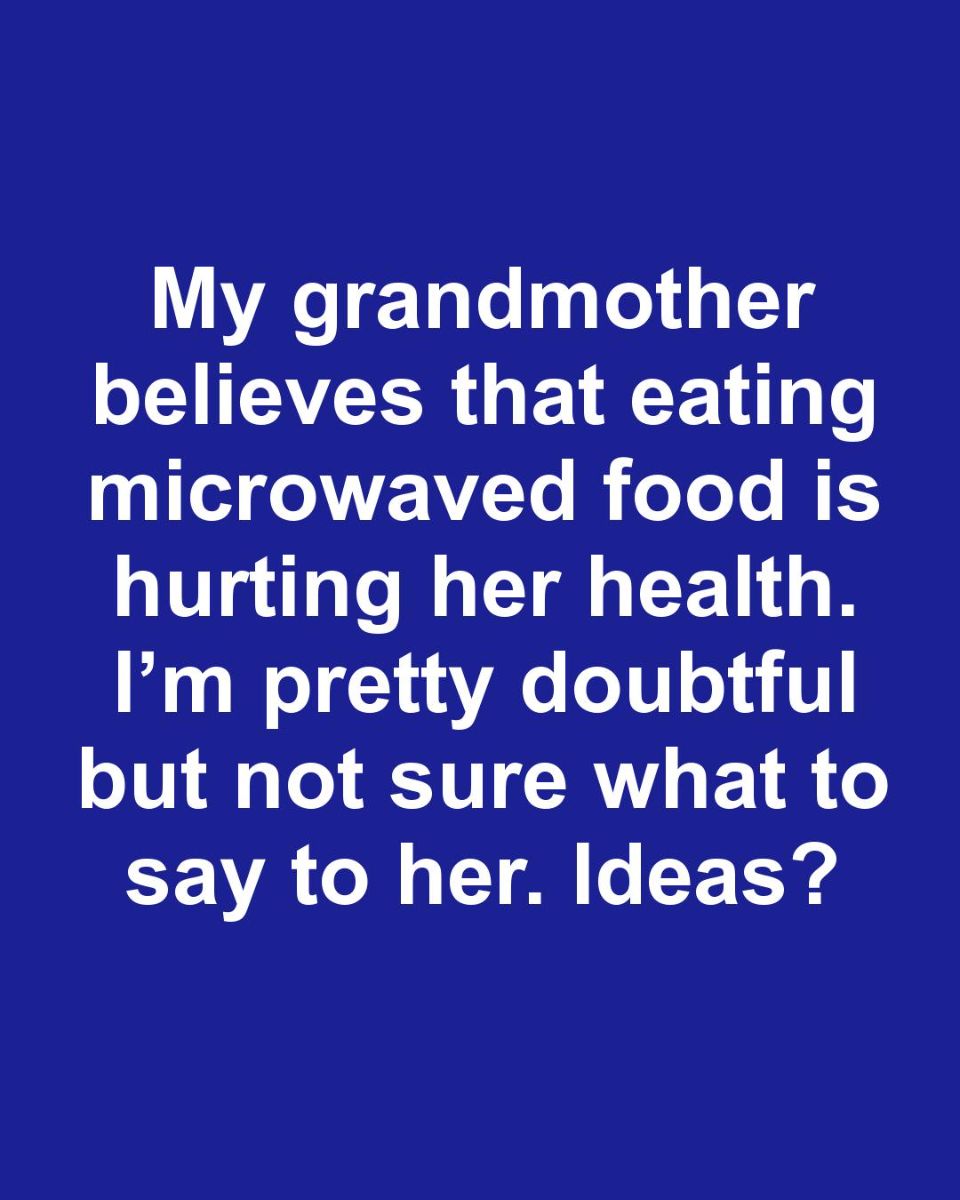Common Myths and Misconceptions About Microwaved Food

Thoughts?
There are several myths surrounding microwaved food, such as the idea that microwaves make food radioactive or destroy all nutrients. Another common misconception is that microwaving plastic containers releases harmful chemicals into food. While it’s true that some plastics can leach chemicals when heated, using microwave-safe containers mitigates this risk. Additionally, microwaving does not make food radioactive, and while some nutrient loss can occur, it is often less than with other cooking methods.
Health Implications of Microwaving: What Research Says
Scientific research has consistently shown that microwaving food is safe and does not pose health risks when used correctly. Studies indicate that microwaving can preserve nutrients better than some traditional cooking methods, such as boiling, which can leach vitamins and minerals into cooking water. Furthermore, microwaving can reduce the formation of harmful compounds that can occur with high-temperature cooking methods like frying or grilling.
Evaluating the Nutritional Impact of Microwaved Meals
The nutritional impact of microwaving largely depends on the type of food being cooked and the method used. For instance, microwaving vegetables with a small amount of water can help retain more vitamins and minerals compared to boiling. Additionally, because microwaving often requires less cooking time, there is less opportunity for nutrient degradation. It’s important to consider the overall diet and food choices rather than focusing solely on the cooking method.
Addressing My Grandmother’s Concerns: A Balanced Perspective
When discussing microwaving with my grandmother, it’s crucial to acknowledge her concerns while providing factual information. I can explain that while microwaves use radiation, it’s non-ionizing and safe for cooking. Sharing research findings that highlight the safety and nutritional benefits of microwaving can help reassure her. It’s also helpful to discuss the importance of using microwave-safe containers to avoid potential chemical leaching.
Communicating Effectively: How to Discuss Scientific Topics with Loved Ones
Effective communication involves listening actively and responding with empathy. When discussing scientific topics like microwaving, it’s important to avoid dismissing concerns outright. Instead, I can share information in a respectful manner, using simple language and relatable examples. Encouraging open dialogue and being patient can help bridge the gap between differing viewpoints.
Alternative Cooking Methods: Exploring Healthier Options
While microwaving is safe, exploring alternative cooking methods can also be beneficial. Techniques such as steaming, baking, and sautéing can offer variety and preserve nutrients. For those concerned about microwaving, these methods provide healthy options that align with traditional cooking preferences. It’s important to choose cooking methods that suit individual tastes and nutritional goals.
Conclusion: Finding Common Ground and Making Informed Choices
Ultimately, the goal is to find common ground with my grandmother by respecting her views while sharing evidence-based information. By understanding her concerns and discussing the science behind microwaving, we can make informed choices together. Whether we choose to use the microwave or explore other cooking methods, the focus should be on maintaining a balanced and nutritious diet that supports overall health.
